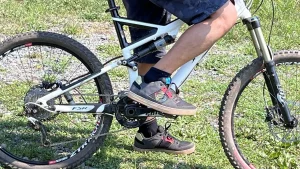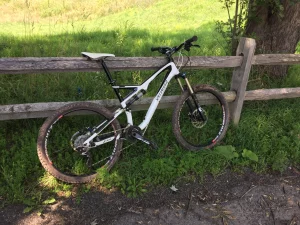Disc Brake Problems and How to Fix Them
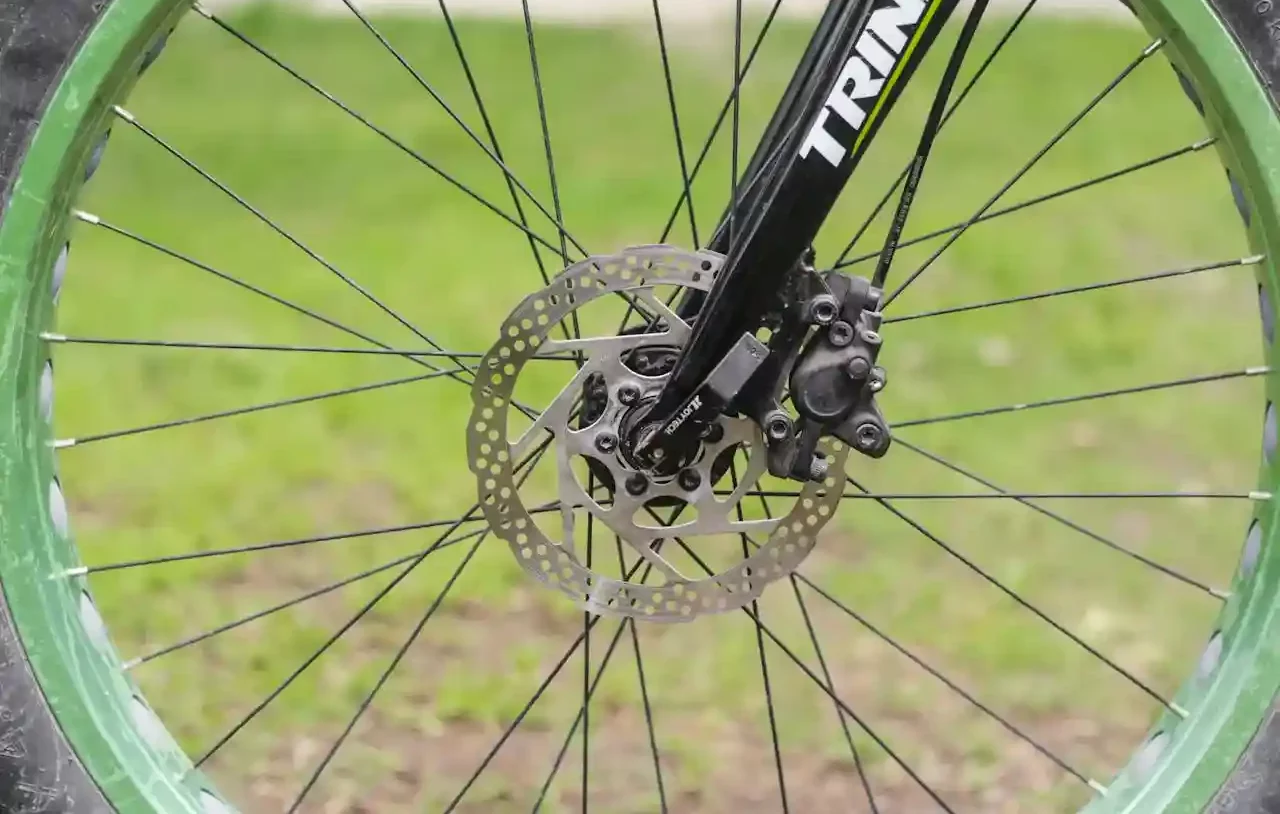
Disc brakes have revolutionized the way cyclists ride, offering superior stopping power and modulation compared to traditional rim brakes. However, like any mechanical component, disc brakes are prone to issues that can affect their performance, reliability, and safety. From squealing noises to loss of braking power, encountering disc brake problems is not uncommon for cyclists.
In this blog post, we’ll explore common disc brake issues, their causes, and provide you with actionable solutions to address them. By understanding these potential problems and how to fix them, you can keep your bike in optimal condition and ensure a safe riding experience.
Table of Contents
The Most Common Disc Brakes Problems
There are several reasons why cycle disc brakes may fail, compromising the safety and performance of your bicycle. Here are some of the most common issues you might encounter:
- Contamination: Oil, dirt, or other contaminants on the brake pads or rotors can significantly reduce braking performance and cause slipping or a lack of grip, or cause complete failure.
- Worn brake pads: Over time, brake pads wear down and lose their ability to effectively slow or stop the bike. Regularly inspect your pads for wear and replace them as needed.
- Improper alignment: Misaligned brake calipers or pads can lead to uneven wear, reduced braking power, and potential failure. Make sure your brakes are properly aligned and adjusted.
- Piston problems: Issues with the brake caliper pistons, such as sticking or leaking (for hydraulic brakes), can affect brake performance and lead to failure.
- Air in the system: For hydraulic disc brakes, air bubbles in the brake fluid can result in spongy brake levers and decreased braking performance. Regularly bleed your brakes to remove any trapped air.
- Damaged or warped rotors: Bent, cracked, or otherwise damaged rotors can cause pulsing, vibration, and reduced braking performance. Inspect your rotors regularly and replace them if necessary.
- Overheating: Prolonged or heavy braking, such as during long descents, can cause the brakes to overheat and fade, leading to reduced stopping power. Be mindful of your braking habits and allow your brakes to cool down when needed.
- Insufficient brake fluid: Hydraulic disc brakes require a specific amount of brake fluid to function properly. Check the fluid levels periodically and top them off if necessary. This is not applicable for mechanical disc brakes.
- Poor maintenance: Neglecting regular maintenance tasks such as cleaning, lubricating, and adjusting the brakes can lead to premature wear and eventual failure.
Manufacturing defects: In rare cases, defects in the brake components themselves can lead to brake failure. Always use quality components from reputable manufacturers and inspect them regularly for any signs of damage or wear.
By regularly inspecting, maintaining, and addressing any issues with your bike’s disc brakes, you can help ensure their reliability and performance on the road or trail. Always consult a professional bike mechanic if you are unsure about any aspect of your bicycle’s maintenance.
How to Recognize When Your Disc Brakes are About to Fail
Identifying the signs of potential disc brake failure is crucial for maintaining your safety and preventing further damage to your bike. Here are some indicators to help you recognize when your disc brakes might be about to fail:
- Reduced stopping power: If you notice that your brakes are not slowing or stopping your bike or your brakes require more force to stop the bike as effectively as they used to, this could be a sign of worn brake pads, contaminated pads or rotors, or air in the system for hydraulic brakes.
- Strange noises: Unusual sounds such as grinding, squealing, or scraping when applying the brakes can indicate worn or misaligned brake pads or rotors, contamination, or other potential issues. Addressing these issues promptly can prevent brake failure.
- Vibration or pulsing: If you feel a pulsing sensation or vibration in the brake levers or bike frame when braking, it may be a sign of warped or damaged rotors.
- Soft or spongy brake levers: For hydraulic disc brakes, if the brake levers feel soft or spongy when pulled, this could be an indication of air in the system or insufficient brake fluid.
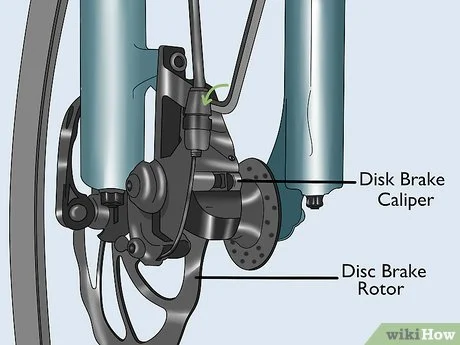
- Visual inspection: Regularly inspect your brake pads for signs of uneven wear, metal-on-metal contact, or contamination. Additionally, check your rotors for signs of damage, such as warping, cracks, or excessive wear.
- Uneven pad wear: Inspect the brake pads for uneven wear. If one brake pad wears faster than the other, it could indicate misalignment, caliper issues, or other problems that might lead to brake failure.
- Brake fluid leaks: If you notice brake fluid leaking (for hydraulic brakes) from any part of the brake system, this is a clear sign of a potentially serious issue that should be addressed immediately.
- Overheating: If you notice a burning smell or smoke coming from the brakes during prolonged braking, it could indicate overheating. Overheating can lead to brake fade and reduced braking effectiveness.
- Loss of responsiveness: If your brakes feel less responsive or if there is a delay in braking when you pull the brake lever, it could indicate a problem with the brake system that needs attention.
- Visible fluid leaks: Check for any signs of brake fluid leaks (for hydraulic brakes) around the brake calipers, hoses, or fittings. Fluid leaks can lead to a loss of hydraulic pressure and brake failure.
If you observe any of these signs, it’s essential to inspect and address the issue as soon as possible to avoid further damage or potential accidents. If you’re unsure about the condition of your brakes, consider having them inspected by a qualified bicycle mechanic.
Tips for Choosing Replacement Disc Brakes
When it’s time to replace your disc brakes, it’s essential to choose the right components to ensure optimal performance and compatibility with your bike. Here are some tips to help you select the best replacement disc brakes:
- Compatibility: Make sure the replacement brakes are compatible with your bike’s frame, fork, and wheel hubs. Check for factors like rotor size, mounting standards, and axle types.
- Brake type: Choose between hydraulic and mechanical disc brakes based on your needs, budget, and personal preferences. Hydraulic brakes offer better modulation and stopping power but are generally more expensive and require more maintenance.
- Brand and model: Consider reputable brands known for producing reliable and high-quality components. Research and read reviews from other cyclists to get insights on the reliability, performance and durability of specific models.
- Brake Lever Compatibility: If you’re replacing hydraulic disc brakes, ensure that the brake levers are compatible with your existing brake system. Mixing brake levers and calipers from different manufacturers may not provide optimal performance.
- Riding style and terrain: Your riding discipline and the type of terrain you typically encounter can influence your choice of disc brakes. More demanding terrains, such as steep descents or technical trails, may require more powerful brakes.
- Budget: Determine your budget and find the best brakes that offer the desired performance and features within your price range. Consider factors such as performance, durability, and features relative to the price.
- Upgrade opportunities: If you’re considering upgrading other components of your bike, such as shifters or derailleurs, you may want to choose disc brakes from the same brand to ensure compatibility and integration.
- Ease of maintenance: Opt for brakes that are easy to install, maintain, and have readily available replacement parts, especially if you plan on servicing them yourself. Consider factors such as bleed procedure for hydraulic brakes, pad replacement, and adjustability.
- Weight considerations: Lighter brakes can help reduce overall bike weight, which may be a factor if you’re looking to optimize your bike’s performance. However, prioritize performance and durability over weight savings.
- Brake Pad Type: Consider the type of brake pads compatible with the replacement brakes. Most disc brakes use either organic or metallic brake pads, each offering different characteristics in terms of braking performance, durability, and noise levels.
- Rotor Size: Match the rotor size of the replacement brakes to the size of your current rotors. Common rotor sizes include 140mm, 160mm, 180mm, and 203mm. Using mismatched rotor sizes can affect braking performance and modulation.
- Modulation and Power: Consider the braking characteristics you prefer, such as modulation (control over braking power) and power (braking force). Some brakes may offer better modulation or power based on design and technology.
By considering these factors and doing thorough research, you can select replacement disc brakes that offer optimal performance, compatibility, and value for your specific biking needs. Remember to consult a professional bike mechanic or a knowledgeable salesperson if you’re unsure about compatibility or other factors when choosing replacement disc brakes.
For You Safer Cycling Experience
Maintaining and addressing problems with your bike’s disc brakes is crucial for optimal performance, safety, and overall enjoyment of your cycling experience. By recognizing the signs of common disc brake issues, understanding their causes, and knowing how to fix them, you can keep your brakes functioning efficiently and extend their lifespan. Remember to consult a professional bike mechanic if you’re unsure about any aspect of your bike’s maintenance. With proper care and attention, your disc brakes will continue to provide reliable stopping power for many miles to come.
Stay safe and keep pedaling!
I hope you found this informative. Check out my other related posts such as rim brakes vs disc brakes and how to adjust bike brakes. You can also refer to common cycling terms to understand cycling lingo. We also recorded a related podcast on injuries and prevention.
